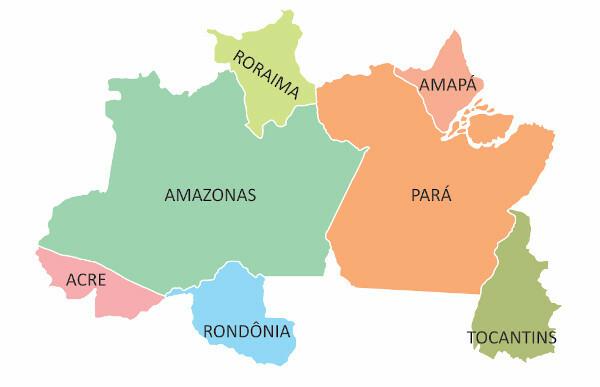When the intense urbanization process promotes the unification of the urban fabric of two or more cities, there is conurbation. The expansion of the urban area makes the boundaries between neighboring municipalities blur, being a very common process in metropolises.
This “junction” of different municipalities triggered problems in public services: transport, education, health, safety, among others. In this sense, there was a need to develop integrated urban public policies between the municipalities involved. For this, the Metropolitan Regions.
According to the Brazilian Institute of Geography and Statistics (IBGE), the Metropolitan region "it is a region established by state legislation and constituted by groups of neighboring municipalities (which make borders), with the objective of integrating the organization, planning and execution of public functions of interest ordinary".
Therefore, each federative unit in Brazil has autonomy to create its Metropolitan Regions, with population concentration and conurbation being the main criteria used. The formation of these areas aims to carry out public policies aimed at improving the quality of public services, encompassing all municipalities in the
Metropolitan region.Do not stop now... There's more after the advertising ;)
Currently, Brazil has 35 Metropolitan Regions, distributed as follows:
South: 11 Metropolitan Regions.
North East: 12 Metropolitan Regions.
Southeast: 7 Metropolitan Regions.
North: 3 Metropolitan Regions.
Midwest: 2 Metropolitan Regions.
A curious fact is that the state of Santa Catarina, whose population is 6,248,436 inhabitants (11th most populous in Brazil), has seven metropolitan regions. Santa Catarina legislation considers that a cluster of cities that gather 6% of the state population can form a metropolitan region.
These regions have a large population concentration. In recent decades, large urban agglomerations have been growing much more than the rest of the country. In 2008, approximately 56.3 million people (about 30% of the national population) resided in the nine largest metropolitan regions in Brazil. The most populous is the Metropolitan Region of São Paulo: 20,309,647 inhabitants.
By Wagner Cerqueira and Francisco
Graduated in Geography
Brazil School Team
Would you like to reference this text in a school or academic work? Look:
FRANCISCO, Wagner de Cerqueira and. "Metropolitan Regions of Brazil"; Brazil School. Available in: https://brasilescola.uol.com.br/brasil/regioes-metropolitanas-brasil.htm. Accessed on June 27, 2021.


